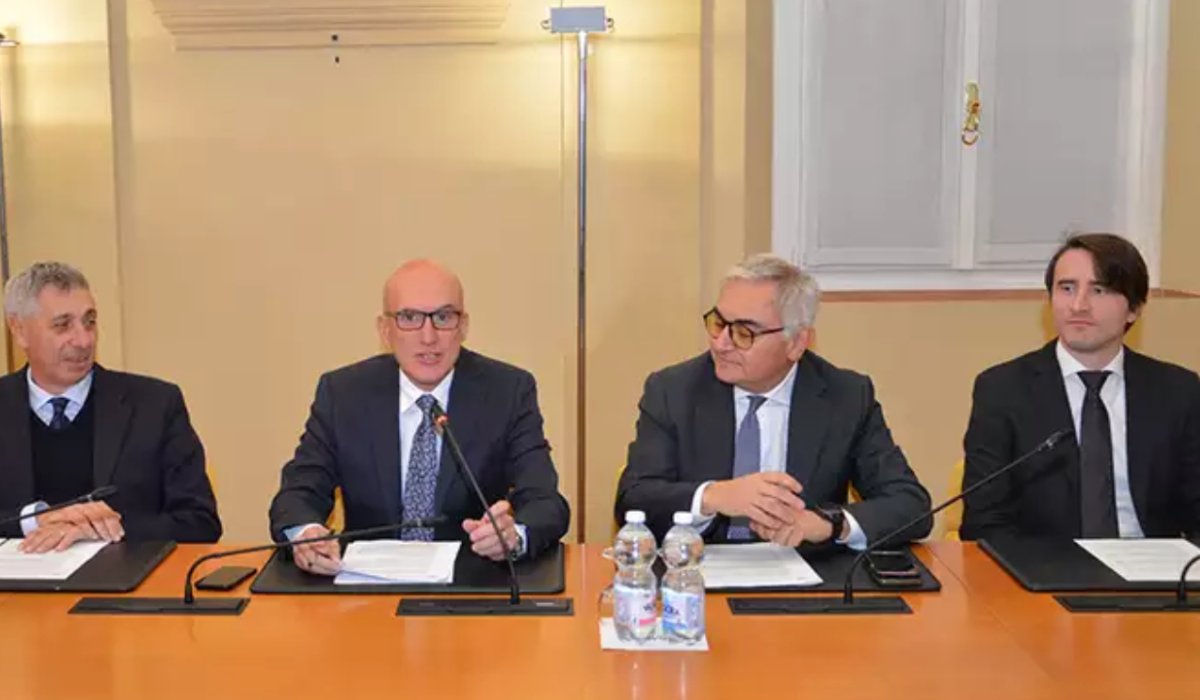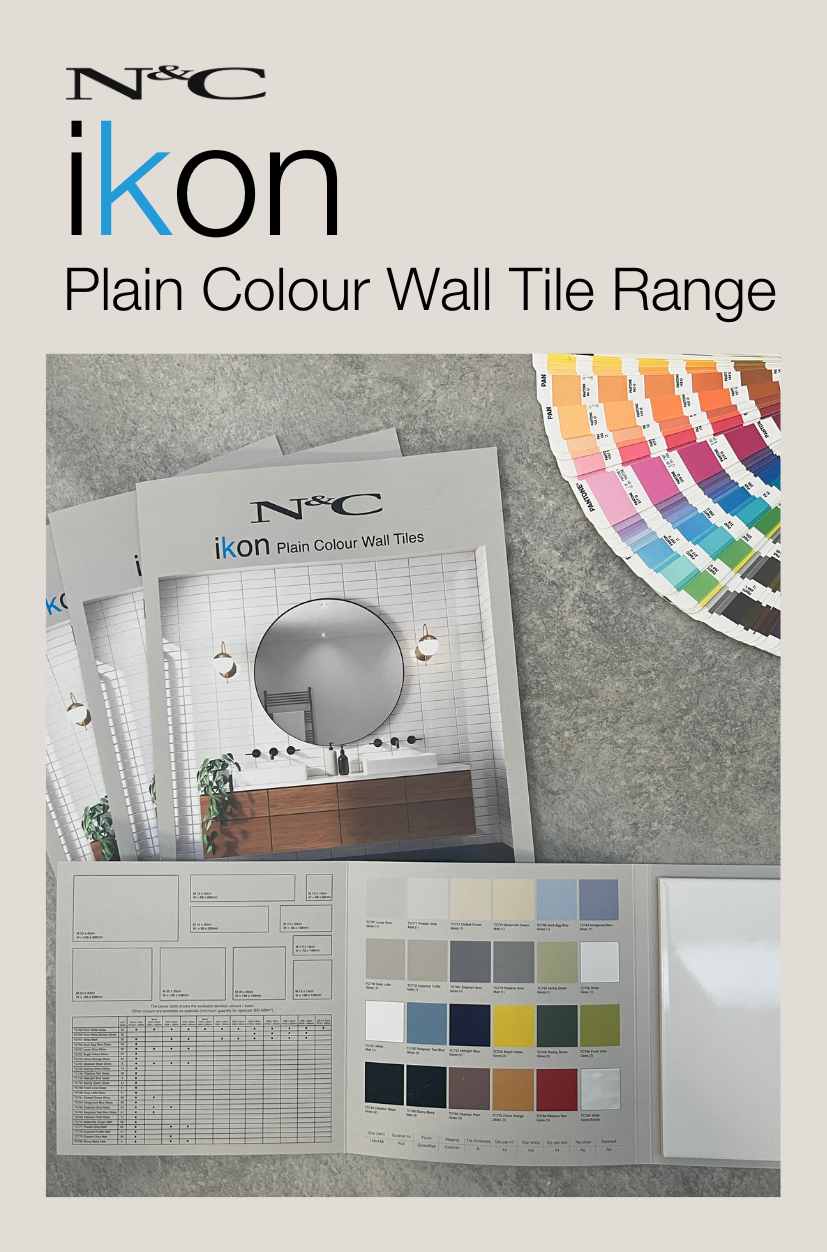Confindustria Ceramica, the association of Italian ceramics, reports that the Italian ceramic tile industry closed 2024 with a slight increase in sales volumes and a contraction in production. Demand for ceramics recorded diversified trends on foreign markets and substantial stability on the domestic market.
The 2024 preliminary financial statement prepared by Prometeia highlights a slight increase for the Italian ceramic tile industry, with sales volumes of around 376 million square metres (+1.9% compared to 2023), resulting from exports in the order of 291 million square metres (+2.4%) and sales on the domestic market close to 85 million square metres (+0.3%). In the face of overall stagnant dynamics on the European markets, sales in North America and Asia are recovering. Compared to pre-pandemic data, the decline in volumes is in the order of -7.5%. The preliminary production figure is estimated to have contracted by -2%.
At the press conference at Confindustria Ceramica headquarters on 20th December 2024, the Italian ceramics association found that the future competitiveness of the Italian ceramic industry will depend on fundamental decisions at European level, such as the Clean Industrial Act, the revision of the ETS system on CO2 emissions and the BREF Ceramico decisions on the best available techniques and initiatives to combat unfair international competition.
President of Confindustria Ceramica Augusto Ciarrocchi says: ‘The competitive context in which our companies are called to operate will be determined by decisions of extraordinary importance that Europe will take in the coming months, for which we ask for the support and backing of all national and European institutions. We are in favour of a pragmatic decarbonisation, which occurs in times appropriate to the technologies actually available, while avoiding continuing to penalise our industry which, thanks to the significant investments made over the years, has already started paths with reductions in emissions that have no equal in the international context. It is essential that in the definition of environmental regulations we abandon the ideological approach followed up to now, which defines the goal and the times a priori without considering what are the possible paths to take to achieve the result.
‘The Italian ceramic industry considers the revision of the EU Emissions Trading System (ETS) to be fundamental and urgent, where speculation absurdly transfers resources from the real economy to finance and where the lack of technological alternatives transforms the obligation to purchase CO2 quotas into a tax on production. This is viewed as a system that also penalises cogeneration, the technology that presents the highest levels of energy efficiency for the same amount of primary energy used.
‘The Ceramic BREF, the new standards that will identify the best available techniques and the limits associated with them, designate incomprehensibly low CO2 limits, compliance with which appears technically impossible and where no economic assessment has been carried out to identify their actual sustainability – a condition instead expressly recalled by the new Industrial Emissions Directive 2.0.
‘The problem of methane gas and electricity prices in Italy, much higher than those of international competitors and other European countries, must be resolved by completing the single energy market, capable of avoiding too many continental disparities and of building a truly harmonised field of rules and aid for businesses, the association of Italian ceramics says.
‘International trade also presents serious critical issues. Europe is recording increasing imports of low-cost ceramics from India, coming from factories with questionable levels of protection for workers and the environment. We need adequate trade defence policies and tools and it is essential to significantly raise anti-dumping duties on imports of Indian tiles and Chinese tableware.
‘If consumer protection and respect for their choices is a cornerstone of being a citizen of Europe, then it is not clear why Europe has not already approved the mandatory indication of product origins. It adds that the risks of rising duties and import tariffs in the United States are causing concern for a champion export sector such as Italian ceramics, its representative trade association says.
‘Another factor of competitiveness in the Italian ceramics sector is the developing infrastructure serving the ceramic districts of Emilia, Romagna and Lazio. In particular, the motorway link road Campogalliano-Sassuolo is expected in the first months of the year to achieve some fundamental steps, such as the tender approval for the realisation of the overall project financing of modernisation works.’








Unfortunately the UK market is being hit heavily with these products and as a result we as an independent retailer have been forced to buy and sell these products to try a remain competitive. People want to save the planet and want a good safe working environment but what makes the sale is the bottom line figure regardless of quality , yes there are customers that want Italian / Spanish quality porcelain but few and far between.